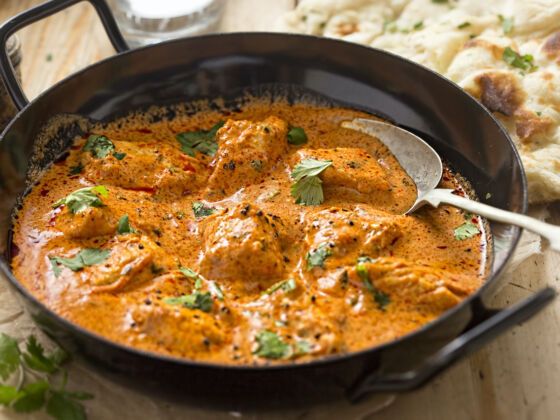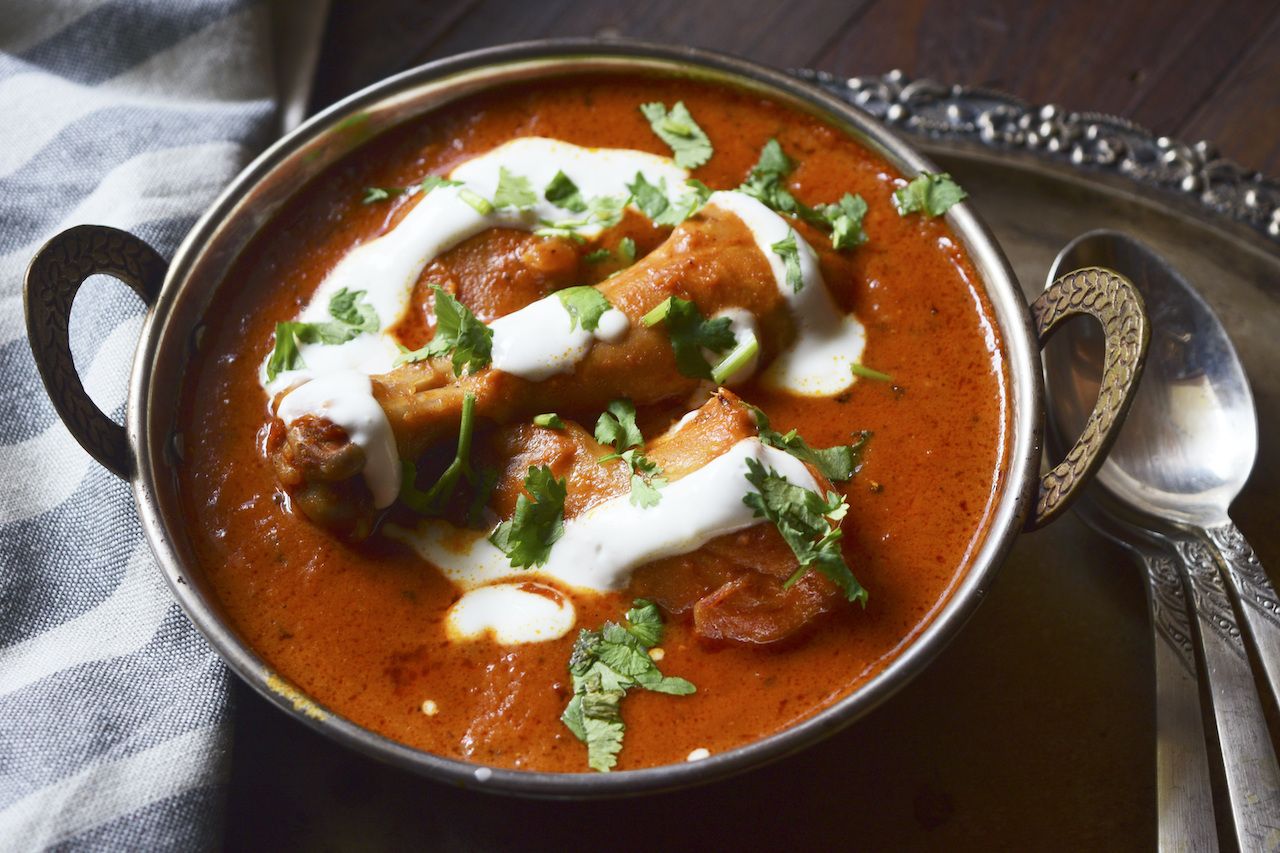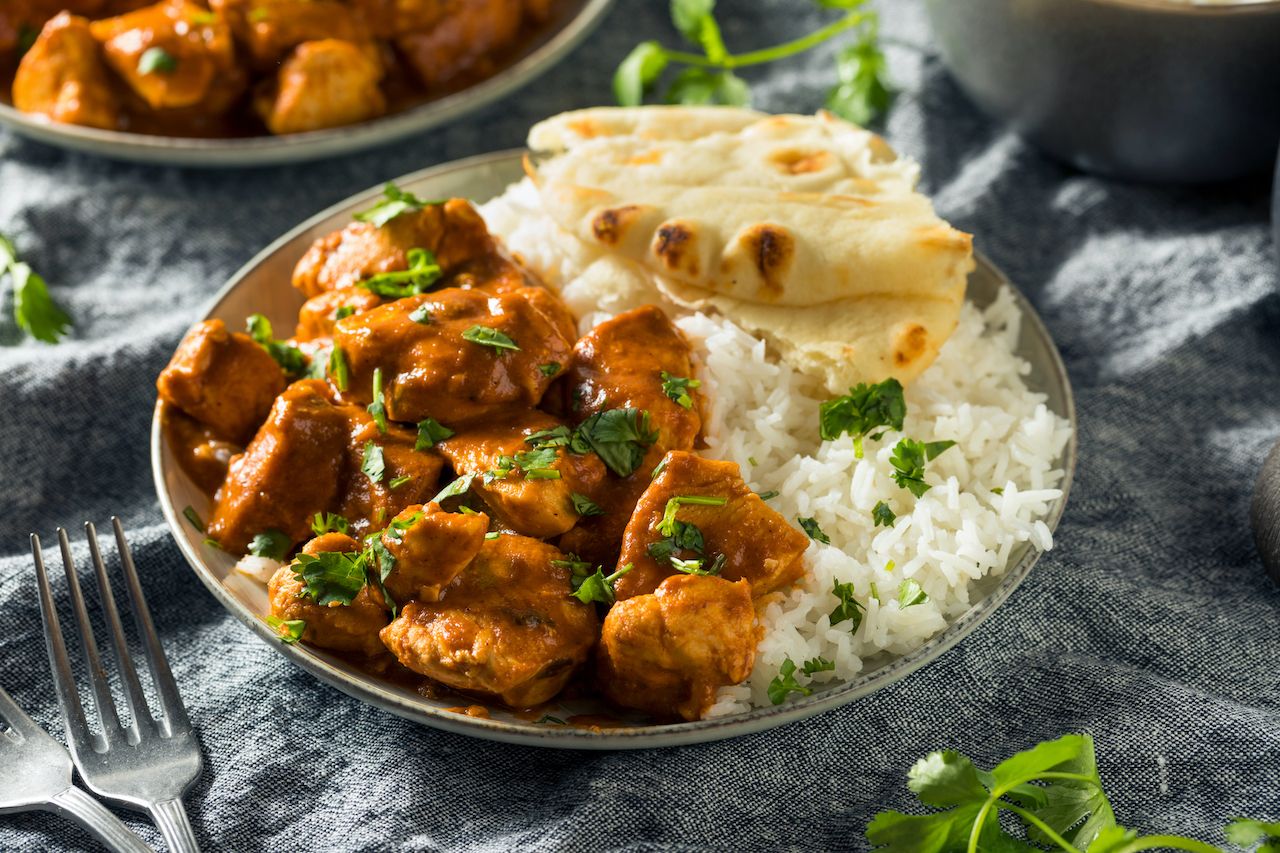The joy of scooping up mouthfuls of creamy tomato curry and bites of tender chicken using torn bits of naan is what keeps many Westerners returning to their local Indian restaurants. Britons and Americans have a mutual love for two dishes that fit the bill: chicken tikka masala and butter chicken, though many diners would be hard-pressed to describe the difference. Some might insist that they’re interchangeable; others might wonder why both are listed on a single restaurant menu.
Though butter chicken and chicken tikka masala are similar in both preparation and flavor, each has a unique history and its own subtle characteristics. To better appreciate the dishes you’re most likely already ordering, no matter which one you favor, here’s everything you need to know about chicken tikka masala and butter chicken, from where each comes from to how they differ.


